Stray cats navigate a world full of challenges without the comfort of a home or a regular meal. Yet, they manage to thrive in urban and rural areas alike, relying on instincts and clever adaptations that often go unnoticed. These cats have developed ways to find food, stay safe, and even communicate with others in their environment.
Understanding how stray cats survive sheds light on their resilience and resourcefulness. From sharp senses to clever behaviors, these adaptations help them overcome the odds and live independently. Taking a closer look at these traits can change the way we see stray cats—not just as wanderers, but as survivors with unique skills.
Keen Hunting Skills

Stray cats have developed keen hunting skills to catch prey. Their instincts allow them to be silent and patient hunters, waiting for the perfect moment to strike. In urban areas, these skills help them catch rodents, birds, and even insects, ensuring a steady food source.
The cats’ sharp claws and teeth are perfect tools for capturing and killing prey quickly. Their agility and speed allow them to traverse difficult terrains and chase down elusive targets. Hunting not only provides sustenance but keeps stray cats physically active and mentally stimulated, crucial for their survival.
Flexible Vocalizations
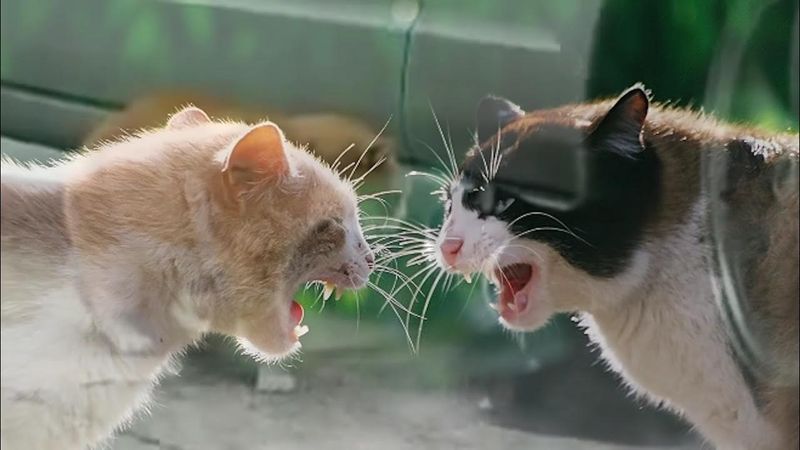
Imagine a stray cat weaving through a bustling city street, its vocalizations changing with its audience. Stray cats have developed flexible vocal patterns to communicate with humans and other animals. This adaptability allows them to express needs, signal danger, or establish territory.
From a gentle purr to a demanding meow, each sound serves a purpose. In a cacophony of urban noise, these vocalizations help them stand out. The ability to modify their sounds is a remarkable testament to their survival instincts.
Even in silence, these cats convey messages through subtle body language, ensuring their communication is multi-faceted.
Resourceful Scavenging
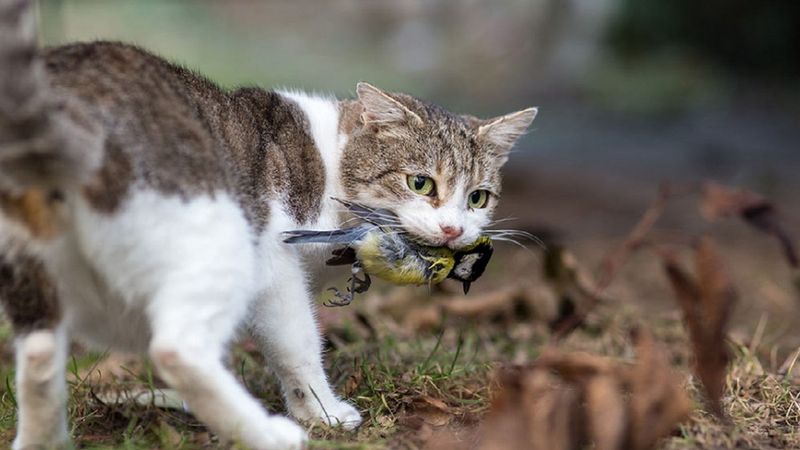
Scavenging is another vital skill for stray cats. They have learned to search through human waste, exploiting leftovers and discarded food in trash bins and alleyways. This adaptability helps them find meals in environments where hunting may not be sufficient.
Their keen sense of smell guides them to food sources, while their dexterity allows them to navigate tight spaces. Scavenging behavior is particularly crucial in densely populated cities where competition for resources is intense. By scavenging, stray cats can sustain themselves when prey is scarce, demonstrating their resilience and resourcefulness.
Water Source Identification
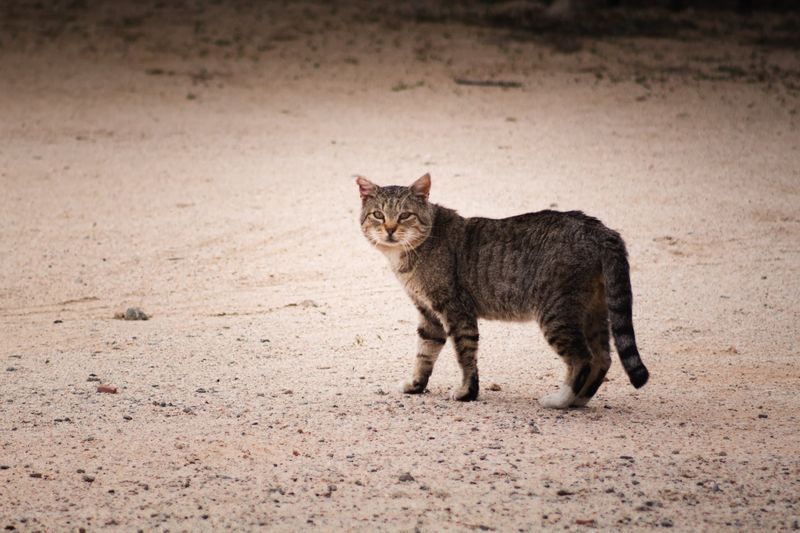
In the heart of a concrete jungle, water can be a precious commodity for stray cats. With a remarkable knack, these felines identify safe drinking water sources. This skill is crucial in environments where fresh water is not always readily available.
Their acute sense of smell guides them to fountains, leaking pipes, or puddles after a rainstorm. This ability not only quenches their thirst but also ensures their survival during dry spells.
By prioritizing water over food, stray cats display an understanding of their environment, showcasing their wisdom and adaptability in urban settings.
Efficient Energy Use
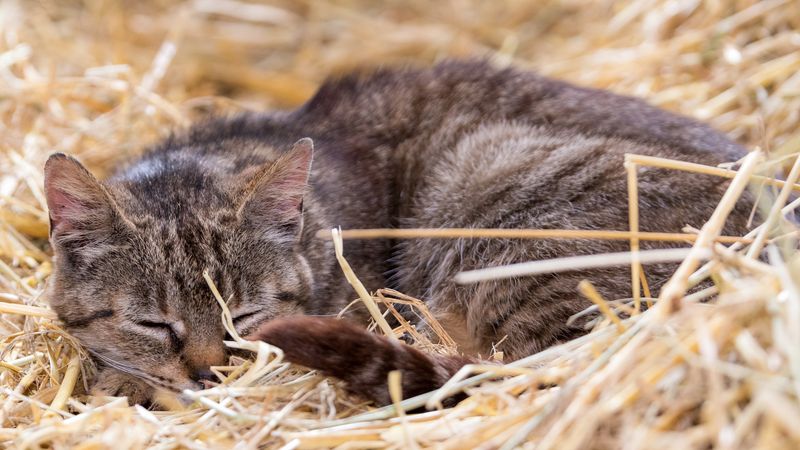
Stray cats have adapted to use their energy efficiently, resting during the heat of the day and becoming more active at dawn and dusk. This behavior, known as crepuscular activity, aligns with the active times of their prey.
By conserving energy, they reduce their food requirements, which can be a significant advantage when resources are limited. This energy-efficient approach allows stray cats to survive in environments where food is not always available, showcasing their ability to adapt their activity patterns to the demands of their surroundings.
Sunlight Positioning
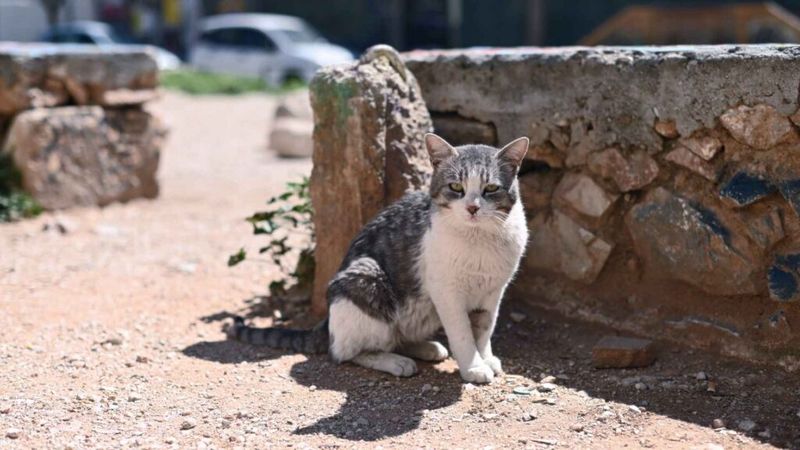
Ever observed a stray cat sprawled out in a sunbeam on a chilly morning? These cats master the art of sunlight positioning to regulate body temperature. By seeking strategic spots, they maximize exposure to warmth, essential for energy conservation.
This habit is not just about comfort; it is a vital survival technique in colder climates. The sun’s rays help them to stay warm, reducing the strain on their bodies to generate heat.
Such behavior highlights their clever use of natural resources, making them adept at using the environment to their advantage.
Acute Hearing and Vision
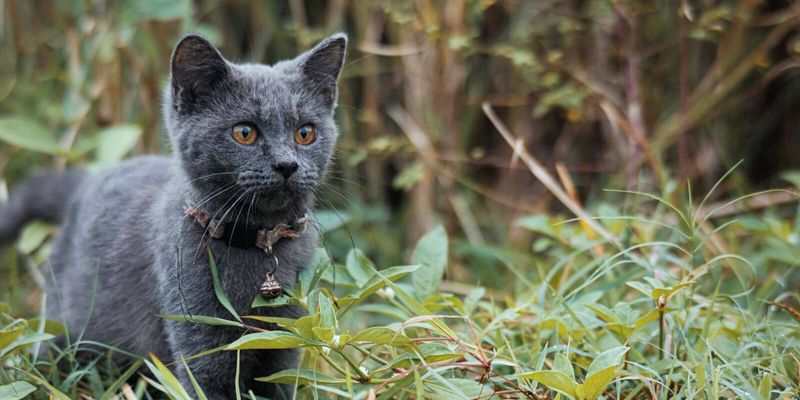
Stray cats possess acute hearing and vision that give them an edge in detecting danger and finding food. Their large, mobile ears can pick up on the faintest sounds, from the rustle of a mouse to the approach of a potential threat.
Their night vision is exceptionally sharp, allowing them to hunt and navigate in low-light conditions. These sensory adaptations enable stray cats to remain vigilant and safe, alert to changes in their environment. Such heightened senses are essential for both hunting and avoiding predators, vital for their survival in the wild.
Territory Navigation
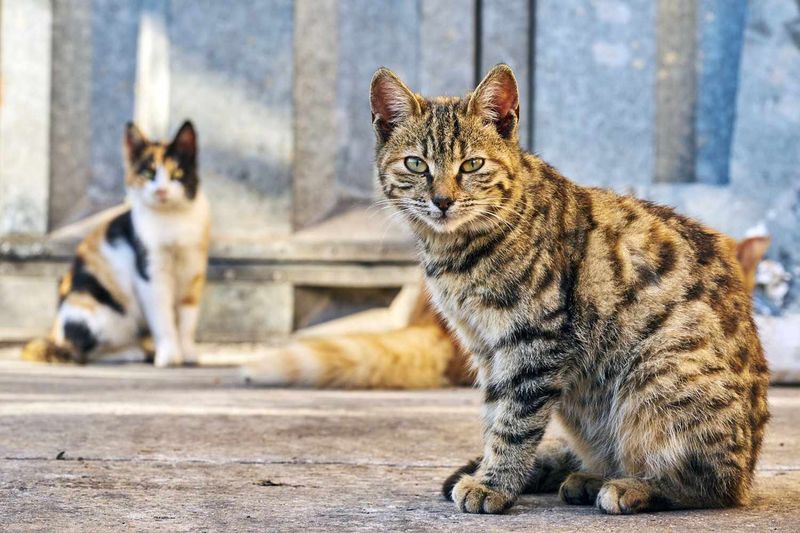
Navigating territory is a crucial skill for stray cats. They establish home ranges where they know the best hunting spots and safe havens. Cats mark these areas with scent to ward off others, managing their resources.
Understanding territory helps them avoid conflicts with other animals and locate food efficiently. Familiarity with their environment allows them to take shortcuts and evade predators. This territorial behavior is an essential aspect of their survival strategy, reflecting their intelligence and ability to manage their living space effectively.
Social Cooperation

Some stray cats form colonies, working together for mutual benefit. Social cooperation allows them to share resources like food and shelter, providing safety in numbers. Within these groups, cats groom each other, strengthening bonds and reducing stress.
Young cats learn vital survival skills from older members, while cooperation increases their chances of finding food and fending off threats. This social behavior reflects an adaptation that enhances their survival in harsh environments, showing how even independent animals can benefit from teamwork.
Adaptable Diet
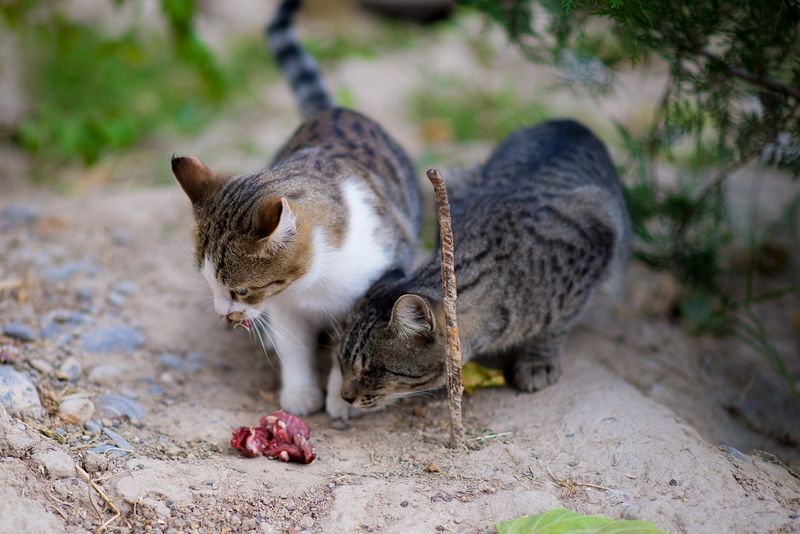
Stray cats have developed an adaptable diet to cope with changing environments. They eat various foods, from meat to scraps, adjusting their intake based on availability. This flexibility ensures they can survive on what they find.
Their digestive systems efficiently process different food types, allowing them to extract necessary nutrients. This dietary adaptability is crucial for survival in environments where food sources can be unpredictable or scarce, showcasing their remarkable ability to thrive despite challenges.
Stealth and Camouflage
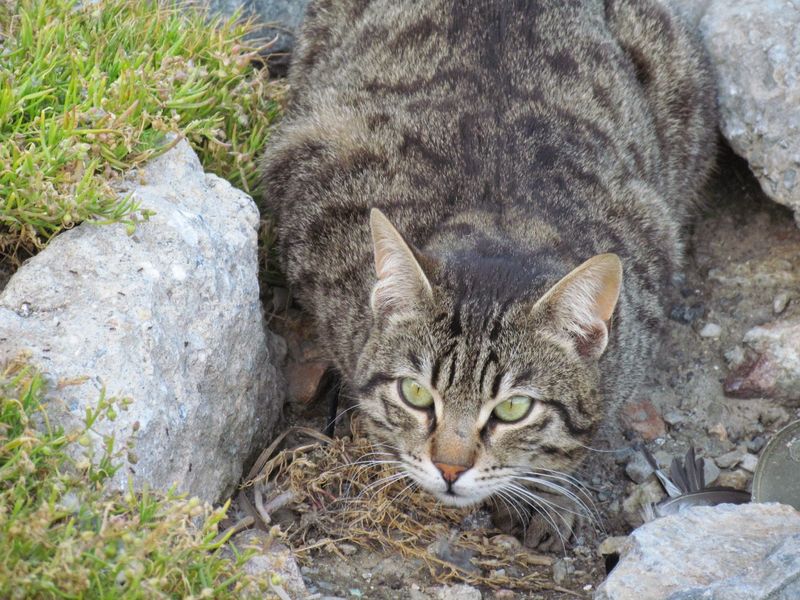
Stealth and camouflage are essential for stray cats. Their ability to move quietly and blend into their surroundings helps them avoid predators and increase hunting success.
Their fur patterns often mimic the environment, offering natural camouflage. This adaptation not only aids in capturing prey but also protects them from threats, illustrating their natural ability to stay hidden and survive in diverse settings.
Climbing Skills
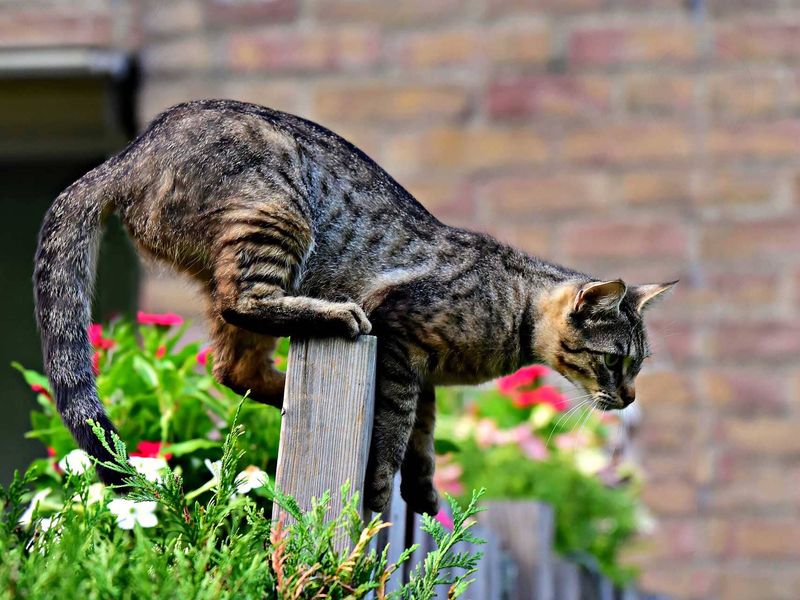
Stray cats exhibit remarkable climbing skills, allowing them to escape danger and explore new territories. Trees and buildings become refuges and vantage points for spotting prey and predators.
Their retractable claws provide excellent grip, while powerful hind legs enable swift ascents. Climbing provides both safety and strategic advantages, essential for survival in urban and natural environments, demonstrating their adaptability and resourcefulness.
Independent Breeding
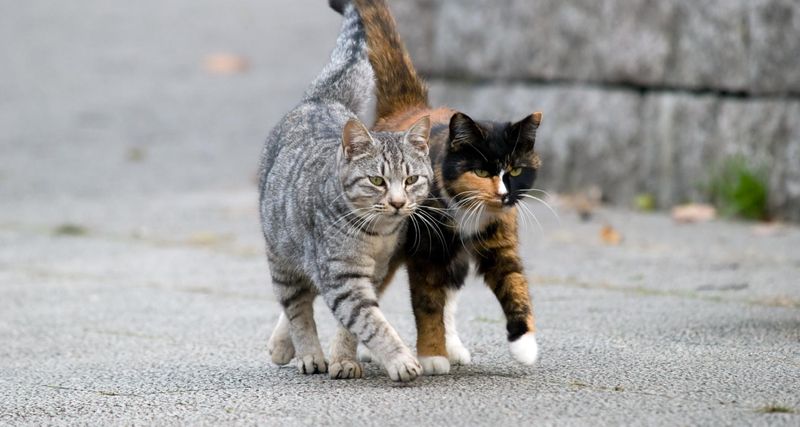
Stray cats have strong maternal instincts and breed independently, ensuring the continuation of their lineage. Females often find secluded spots to give birth, shielding kittens from potential threats.
Kittens learn essential survival skills from their mothers, gradually becoming self-reliant. This independent breeding strategy allows stray cats to maintain their population, even in challenging conditions, showcasing their resilience and adaptability.
Flexible Lifestyle
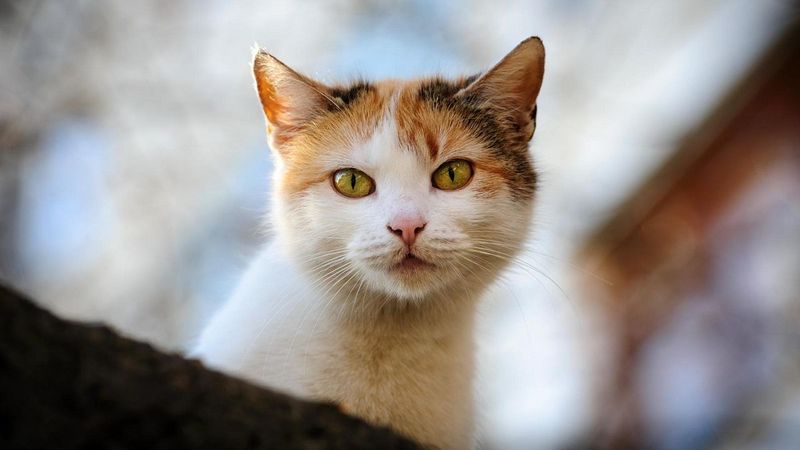
Stray cats lead flexible lifestyles, adjusting their routines to match the opportunities and challenges they encounter. Whether living solitary lives or in colonies, they adapt to available resources and threats.
This flexibility enables them to move between different environments with ease. Their ability to alter their behavior based on circumstances is a key factor in their survival, highlighting their incredible adaptability to changing conditions.
Acute Smell for Danger
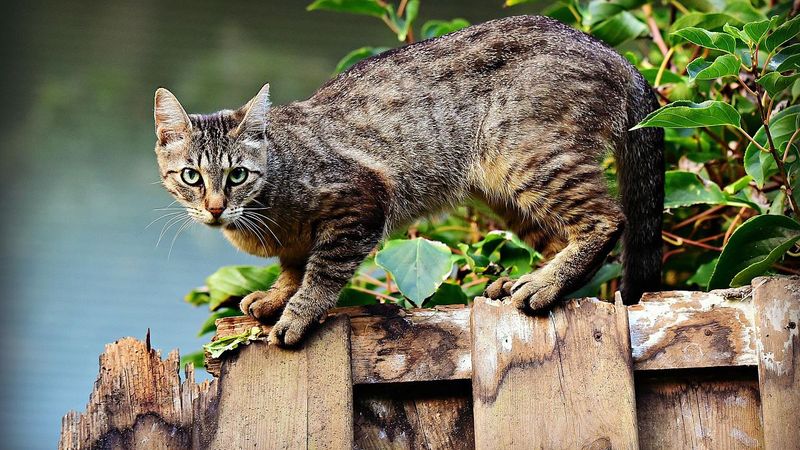
A keen sense of smell aids stray cats in avoiding danger. By detecting the scent of predators or rival cats, they can make informed decisions about their movements.
Their olfactory abilities help them locate food and recognize familiar areas. This acute sense of smell is vital for navigating their environment safely and effectively, playing a crucial role in their overall survival strategy.
Grooming for Health
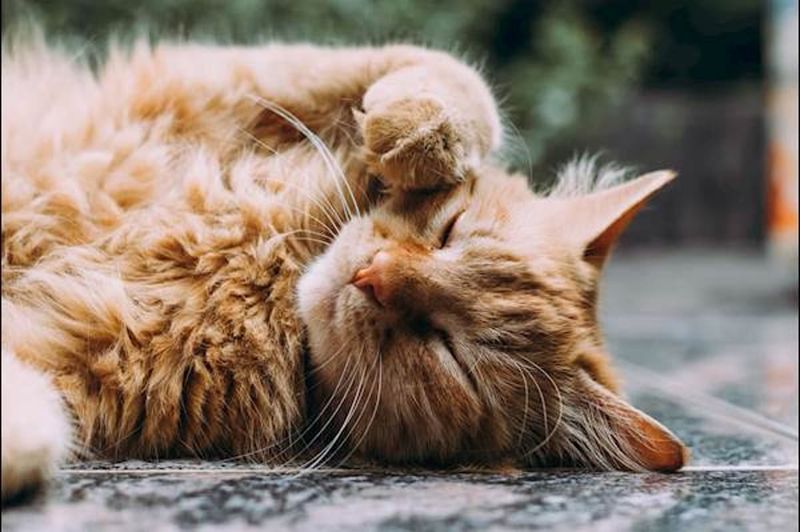
Grooming is not just for appearances; it’s essential for a stray cat’s health. By licking their fur, cats remove dirt and parasites, reducing the risk of infections.
This behavior also regulates their body temperature and provides comfort. Regular grooming is a natural way for stray cats to maintain their well-being, reflecting an ingrained adaptation to stay healthy without human intervention.
Sharp Reflexes
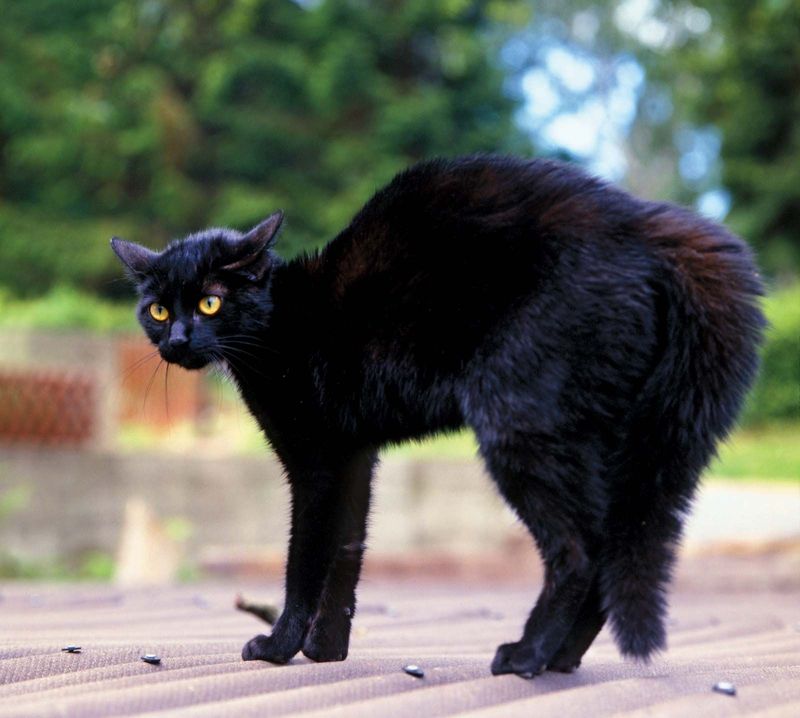
Stray cats possess sharp reflexes that enable them to react swiftly to threats. Their quick response time allows them to evade danger, whether from human activity or predators.
These reflexes, combined with their agility, make them formidable survivors in unpredictable environments. Quick reactions are essential for both hunting and self-defense, demonstrating their evolutionary success in adapting to urban and rural landscapes.
Vigilant Awareness
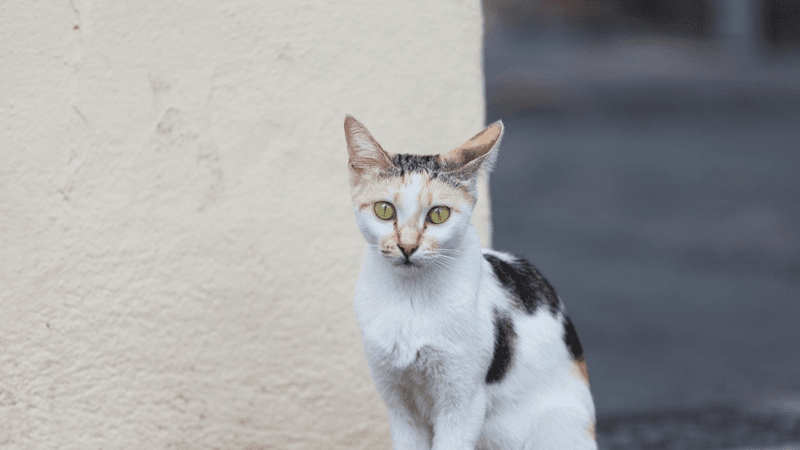
Vigilant awareness is crucial for stray cats, allowing them to constantly monitor their environment. This continuous scanning helps them spot predators or find food sources quickly.
Their ability to remain alert ensures they can make rapid decisions to protect themselves and exploit opportunities. This heightened state of awareness is a vital adaptation for survival, reflecting their natural instincts to thrive in ever-changing surroundings.
Strong Immune System

Stray cats often develop strong immune systems, enabling them to cope with harsh conditions. Exposure to various pathogens allows them to build resistance and maintain health.
This robust immune response is crucial for survival in environments with limited medical care. It highlights their ability to thrive despite exposure to potential illnesses, showcasing their resilience and hardiness.
Adaptability to Climate
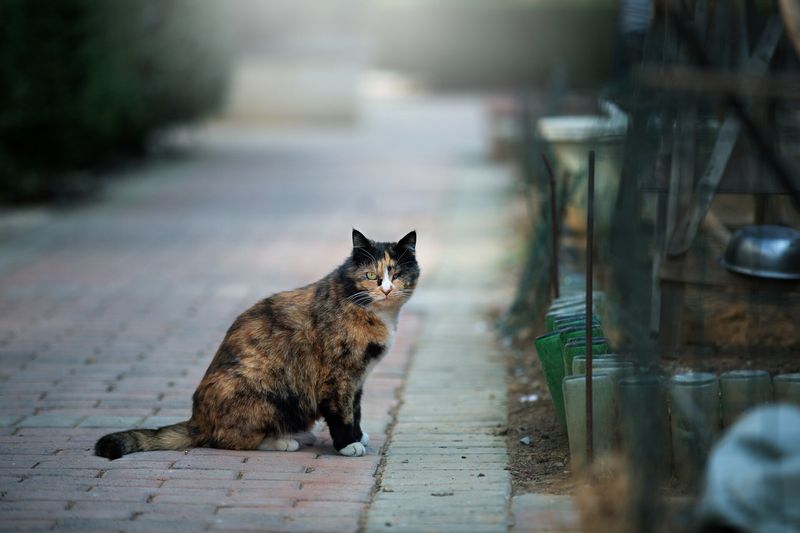
Stray cats adapt to various climates, finding ways to stay warm or cool as needed. They seek shade in the summer and warm spots in the winter, using their environment creatively.
Their fur provides insulation, while their behavior adjusts to temperature changes, ensuring comfort and survival. This adaptability to different weather conditions is a testament to their ability to live in diverse environments, from cities to countryside.
Nimble Agility
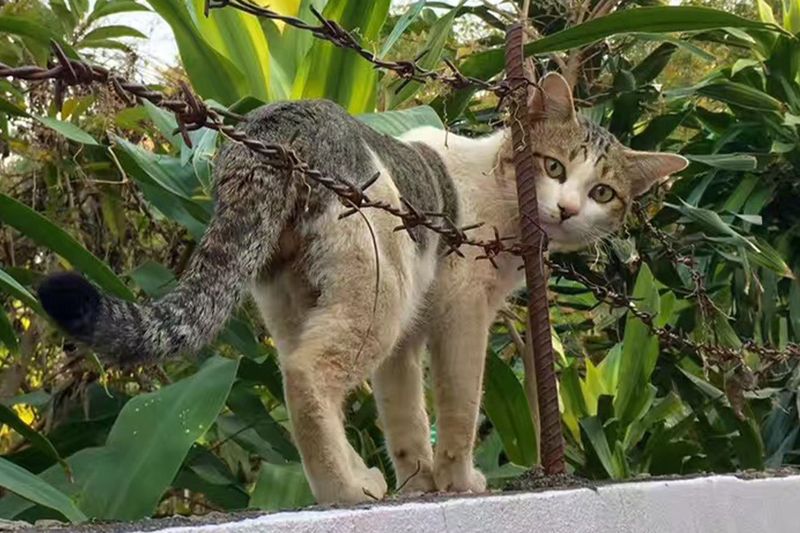
Agility is a defining trait of stray cats, allowing them to navigate complex environments skillfully. Whether jumping between rooftops or dodging traffic, their dexterous movements are key to survival.
This nimbleness helps them catch prey and escape threats, essential for living in urban areas. Their exceptional agility is a testament to their evolutionary adaptations, enabling them to thrive in a variety of settings.
Scent Marking for Communication
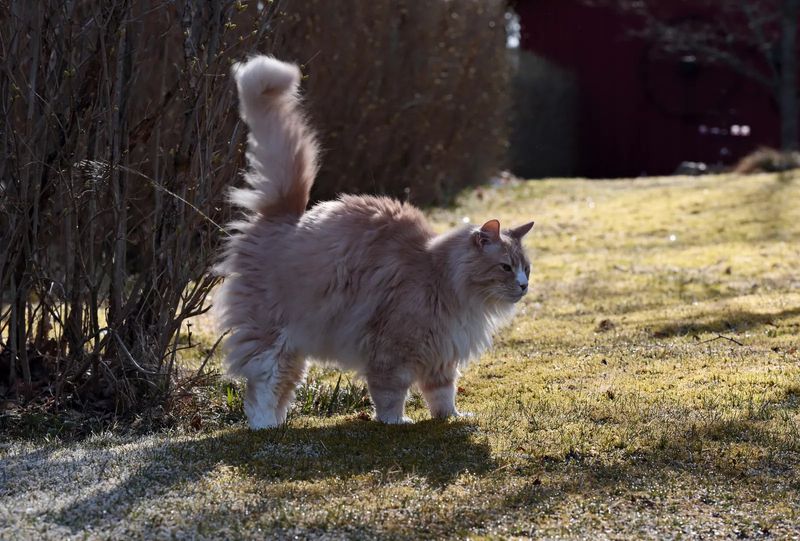
Stray cats use scent marking to communicate and establish territory. By rubbing their faces or bodies on surfaces, they leave pheromones that convey information to other cats.
This communication method helps them identify safe areas and avoid conflicts. Scent marking is a vital social behavior that facilitates coexistence and resource management, reflecting their complex social interactions in the wild.
Silent Communication
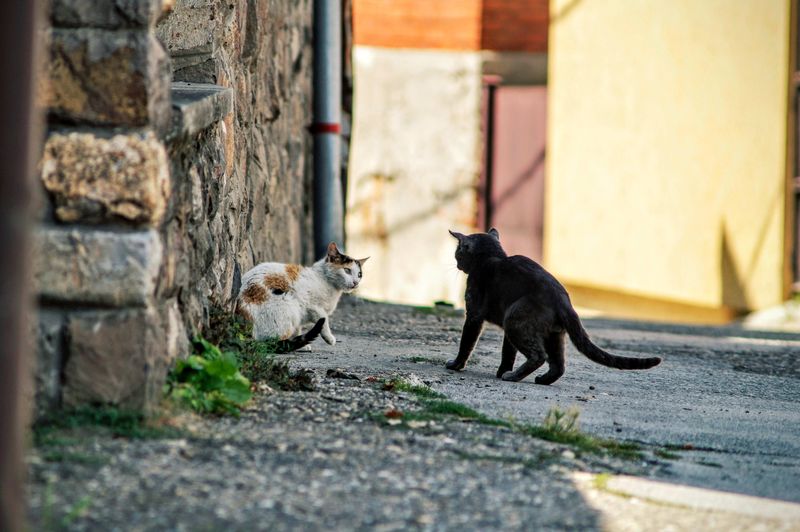
Silent communication through body language is essential for stray cats. They use subtle cues like tail position and ear movements to convey messages to each other.
This form of communication helps them coordinate within groups and avoid unnecessary confrontations. By relying on non-verbal signals, stray cats enhance their ability to cooperate and coexist, highlighting their sophisticated social adaptations.

